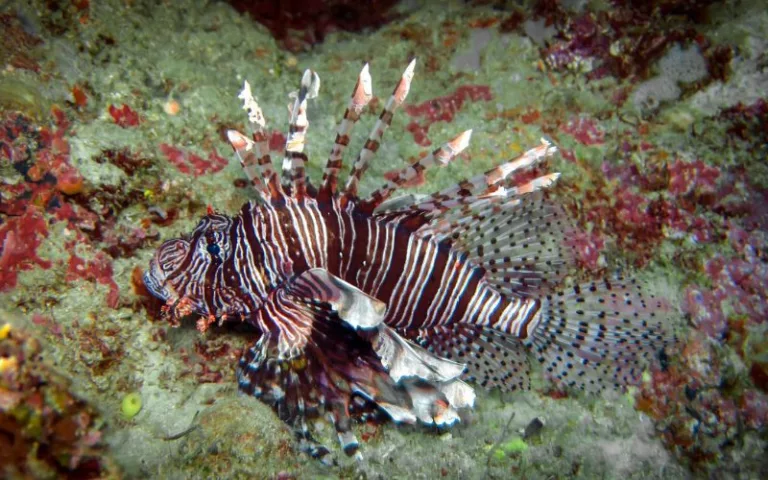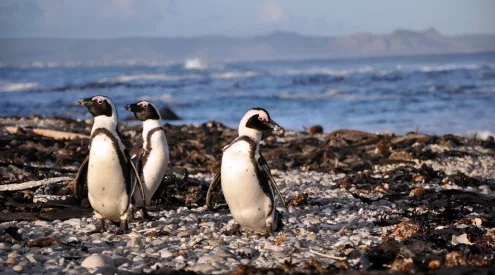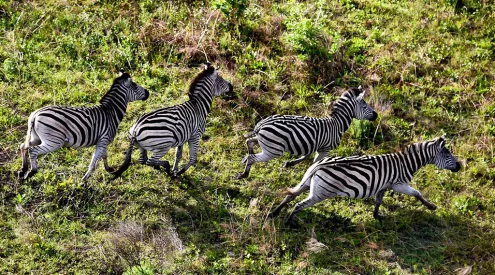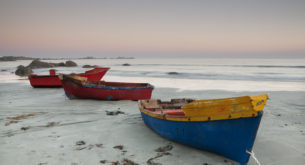Whether you dip your toe in tidal pools or walk along the ocean, there are a number of aquatic dwellers that can be harmful to humans. From painful stings to needle lodging into your skin from prickly creatures, you’ll need to know what to look out for. Unsure which sea animals and plants will cause you harm? Take a look at a few species to avoid when you tread water.

Unsplash/Heidi Bruce
Bluebottle
You might see these plastic-like creatures swaying in the waves or plastered on the sand, bluebottles have a way of sneaking up on you if you don’t remain diligent.
If skin comes in contact, you can feel a sharp sting, which will cause the affected area to swell and show red lesions.
This can lead to a number of complications, such as infections or blisters. Luckily, there are a variety of things you can do if this occurs to soothe the area. Typically, the skin will recover after a day or two.
Scorpionfish & Lionfish
An aquatic creature known for their camouflage abilities, scorpionfish are one of the most dangerous fish in South Africa to come across. Quite akin to another poisonous fish in South Africa, the stonefish and lionfish, the scorpionfish is easily one of the top animals to avoid in shallow water.
They can usually be found lurking at the bottom of the seafloor, typically waiting dormant to sneak up on prey. These non-aggressive fish species will erect dorsal fins when they feel threatened.
If stepped on, you’ll need to seek immediate medical attention to treat the affected area. Symptoms of coming in contact with their poison range from moderate to severe. From bruising to intense pain that could last well around 12 hours, be sure to keep an eye out to avoid rushing to the emergency room.
Sea urchins
While they might look like spiky puffballs underwater, these creatures are best left at peace. While they are not all poisonous, stepping on these spiked structures can leave you with a nasty puncture wound.
The flower urchin is one to look out for specifically, as their needles are venomous and cause a burning and stinging sensation when touched. You’ll often find sea urchins in kelp forests or tidal pools.
ALSO READ: ‘Seas’ the day at these stunning snorkelling spots in KZN
Follow us on social media for more travel news, inspiration, and guides. You can also tag us to be featured.
TikTok | Instagram | Facebook | Twitter


















